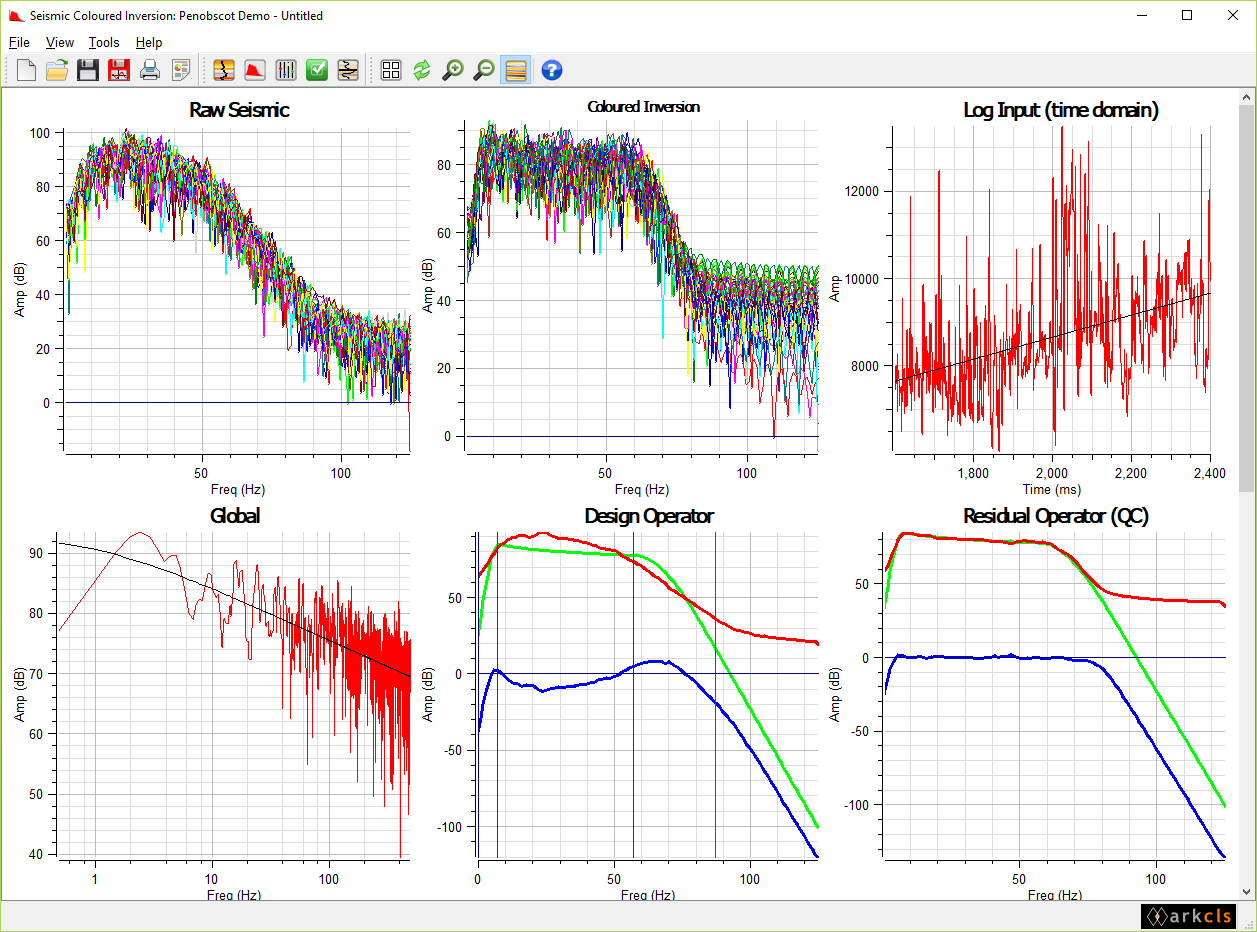A superior fast track method for the inversion of seismic data
Product overview
- Implementation of Fast-track ‘colored’ inversion1
- Enables the rapid inversion of 2D/3D seismic data
- Use of Seismic Coloured Inversion frequently (>80%) avoids the need to generate full AI volumes
- Fast, robust and inexpensive
- Available as a plug-in for Petrel* , plug-in to OpendTect and standalone with connections to OpenWorks® and SEGY
- Inversion viewed in real-time with our Graphic Viewer

Product description
Seismic Coloured Inversion (SCI) is quick and easy to use by the non-specialist that makes inversion of seismic data to Acoustic Impedance (AI) an everyday activity. SCI performs significantly better than other fast-track methods and benchmarks well against unconstrained sparse-spike inversion.
The SCI method gives geophysical meaning to amplitude changes in the output impedance volumes. This is very powerful, particularly with 4D projects. A single convolution inversion operator is derived that optimally inverts the data and honours available well data in a global sense. The process is intrinsically stable and consistent with AI behaviour in the survey area because account is taken of the seismic wavelet and calibration to the Earth. Controls provide fine-tuning of the inversion operator for optimum results.
Benefits of Seismic Coloured Inversion
Inversion methods are often time consuming, expensive, require specialists and not performed routinely by the Interpretation Geophysicist. Seismic Coloured Inversion is rapid, easy to use, inexpensive, robust and does not require expert users. SCI and unconstrained sparse-spike inversion give broadly equivalent results.
SCI is available as a plugin-in for Petrel, plug-in for OpendTect and standalone with data connections to OpenWorks® and SEGY/ASCII.
